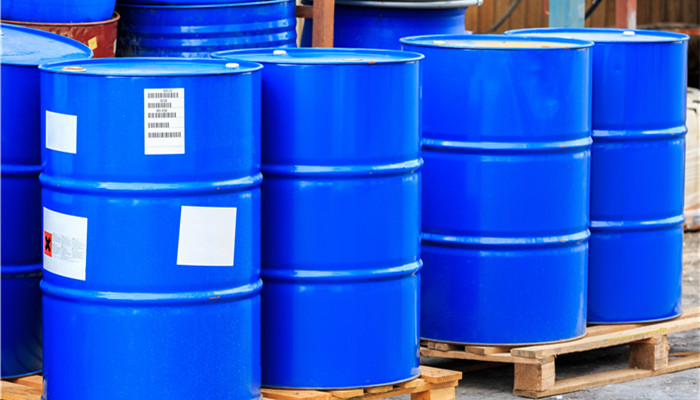
The development of my country’s dye industry continues to improve. Disperse dyes and reactive dyes are the main products.
Dyes are a class of organic compounds that have their own color and can make other substances obtain bright and firm colors through molecular or dispersed states. They have a wide range of uses and can be used for coloring wood, fiber, paper, textiles, leather, rubber and other items. Dyes are divided into two categories: natural dyes and synthetic dyes. The dyes currently on the market are basically synthetic dyes. my country is the world’s largest dye producer and can produce more than 1,200 kinds of dyes.
According to the dyeing principle, dyes can be divided into reactive dyes, sulfur dyes, acid dyes, disperse dyes, vat dyes and other dyes. Reactive dyes are mainly suitable for cotton, linen, fiber, etc.; sulfur dyes are mainly suitable for cotton and cotton blends; acid dyes are mainly suitable for protein fibers such as wool and silk; disperse dyes are mainly suitable for hydrophobic fibers such as cotton and polyester. ;Vat dyes are mainly suitable for cellulose fibers.
According to the “Dye Industry Market In-depth Research and Investment Prospects Forecast Analysis Report 2023-2028” released by the Industrial Research Center, in recent years , affected by the gradual migration of the dye industry from developed countries in Europe and America to developing countries in Asia, my country’s dye industry has developed rapidly, with annual output accounting for more than 70% of the world’s total output. According to data released by the China Dyestuff Industry Association, my country’s dye output has shown an overall upward trend from 2019 to 2022, with an increase of approximately 130,000 tons in four years, with an annual compound growth rate of 5.1%. In 2022, my country’s dye output will be approximately 920,000 tons, a year-on-year increase 9.8%. Among them, due to the impact of domestic environmental protection and emission reduction policies, my country’s dye output in 2020 will be approximately 770,000 tons, a decrease from 790,000 tons in 2019.
my country’s dye production is dominated by disperse dyes and reactive dyes, and the combined output of these two types of dyes accounts for about 76% of my country’s total dye output. Among them, the annual output of disperse dyes is more than 400,000 tons, accounting for about 46% of my country’s total output; the annual output of reactive dyes is more than 250,000 tons, accounting for about 30% of my country’s total output.
Dyes are my country’s traditional national economic industry. In recent years, our government has successively promulgated the “Guidance Catalog for Industrial Structural Adjustment (2019 Edition)”, “Technical Guide for Green Development of the Printing and Dyeing Industry”, “Classification of Strategic Emerging Industries”, and “Made in China 2025” and other policies to vigorously promote the technological upgrading of my country’s dye industry, improve the independent innovation capabilities of enterprises, and help the industrial structure transform into a capital- and technology-intensive one. With favorable policies, the development of my country’s dye industry continues to improve.
Industry analysts said that from the perspective of provincial and municipal distribution, my country’s dye companies are mainly concentrated in Zhejiang, Shanghai, Henan, Tianjin, and Jiangsu , Shandong and other provinces and cities, the total dye output of Shanghai, Zhejiang, Jiangsu and other provinces and cities accounts for more than 90% of my country’s total output. Among them, Zhejiang is the largest dye producer in the world, accounting for more than 60% of my country’s dye output. From the perspective of enterprises, Zhejiang Longsheng, Runtu Co., Ltd., Annoqi, Jihua Group, Qicai Chemical and other enterprises are the main dye manufacturers in my country. Among them, Zhejiang Longsheng dyes market share is about 27%, ranking first; followed by Runtu Co., Ltd., accounting for about 18%.

 微信扫一扫打赏
微信扫一扫打赏

